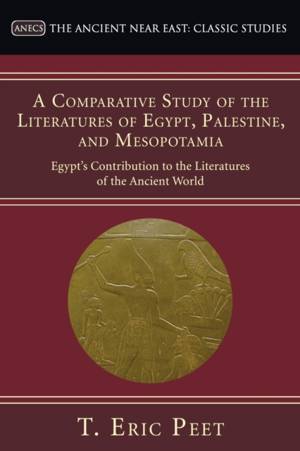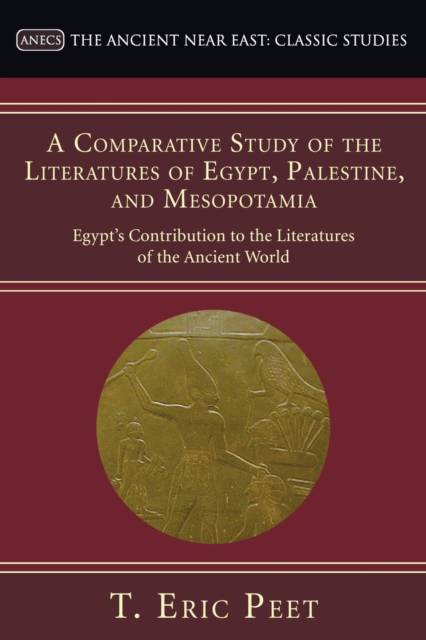
- Afhalen na 1 uur in een winkel met voorraad
- Gratis thuislevering in België vanaf € 30
- Ruim aanbod met 7 miljoen producten
- Afhalen na 1 uur in een winkel met voorraad
- Gratis thuislevering in België vanaf € 30
- Ruim aanbod met 7 miljoen producten
Zoeken
A Comparative Study of the Literatures of Egypt, Palestine, and Mesopotamia
T Eric Peet
€ 31,95
+ 63 punten
Omschrijving
During the last hundred years scholarship has revealed the existence of two other eastern literatures which are not only as old as that of the Hebrews but very much older, namely those of Egypt and Babylonia. . . . Although much of Babylonian literature is know to us mainly from the Assyrian versions found in Assurbanipal's library, recent discoveries have shown that many of its best epic and lyric productions go back at least two thousand years further, and have their roots in the Sumerian civilization. In Egypt, too, religious literature is found in a highly developed state as early as the Pyramid Texts, which, in the form in which we have them, are as old as 2500 B.C., and possibly go back in part to much earlier originals. These discoveries make it no longer possible to regard the literature of the Hebrews as an isolated phenomenon in the ancient East, and they furnish a host of new criteria which must be applied to any attempt to explain and to appraise the Old Testament. --from the Preface
Specificaties
Betrokkenen
- Auteur(s):
- Uitgeverij:
Inhoud
- Aantal bladzijden:
- 154
- Taal:
- Engels
- Reeks:
Eigenschappen
- Productcode (EAN):
- 9781597527392
- Verschijningsdatum:
- 1/06/2007
- Uitvoering:
- Paperback
- Formaat:
- Trade paperback (VS)
- Afmetingen:
- 177 mm x 227 mm
- Gewicht:
- 185 g

Alleen bij Standaard Boekhandel
+ 63 punten op je klantenkaart van Standaard Boekhandel
Beoordelingen
We publiceren alleen reviews die voldoen aan de voorwaarden voor reviews. Bekijk onze voorwaarden voor reviews.








